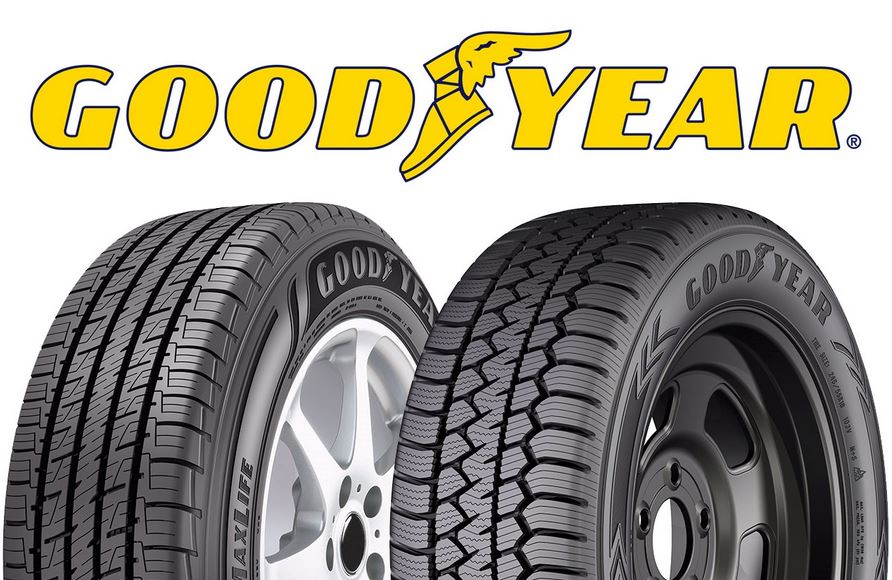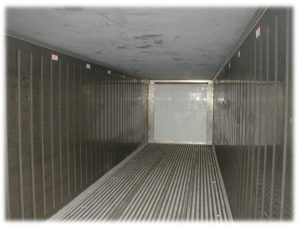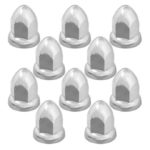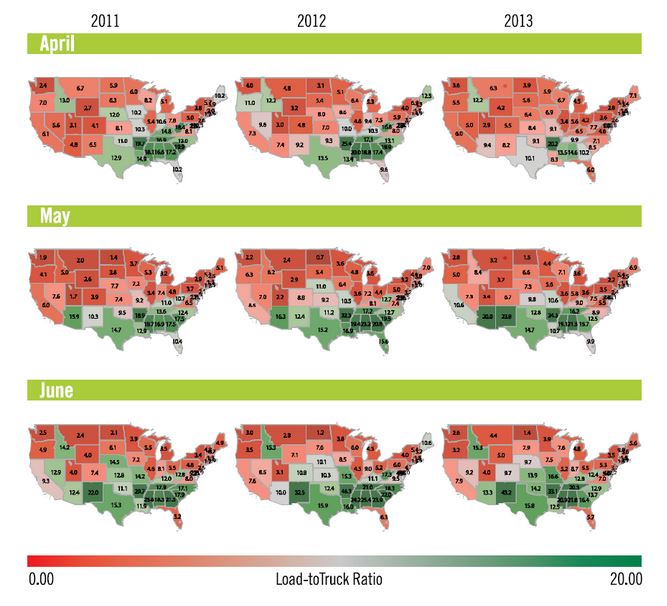The truck with wrong drive tires will incur extra costs such as a truck with improperly equipped steer tires. Therefore, choosing the best drive tires for a semi truck is equally as important as selecting the best steer tires. Size is not the only factor for selecting the right tires for a specific truck made to operate in a particular application.
We base the recommendations for the best semi truck drive tires on the following criteria:
-
What is the truck going to be used for? Long haul? City work? Ice-road trucking?
Tire manufacturers in recent years have started working on building tires designed for specific needs. They have found that when tires are built for a particular need, the chances of the effects from incorrect usage lowers the overall costs for the fleet owner and improves tire quality.
There are four main application types for heavy duty truck tires; long haul, regional, on/ off the road, and urban.
-
Price
Always make sure you are getting a reasonable price. The best way to do this is by using the leading tire comparison website.
-
Fuel economy
The traditional measurement in the trucking industry is to choose semi truck tires for long-haul application based on how many miles they will last. Fuel economy takes merely a back seat. Therefore, some regional fleet operators have discovered that steer tires that were originally built for the long-haul application have low rolling resistance than the scrub resistance tires. These tires may wear out quicker, but the fuel cost savings are more than enough to cover replacement costs.
-
Durability
The wrong tread will not be as durable as the right one.
-
Traction
Off-road tires such as those required by ice road truckers should be more aggressive with cross grooves (lugs) and deep tread depth.
-
Mileage lifespan
Different applications mean the mileage lifespan or merely put how long the semi truck tires last will vary. For instance, urban tires last up to 20K miles whereas long-haul can cover 200,000 miles before replacement is needed.
-
Retread-ability
Retread tire makers manufacture design casings for retread use. Today, tires can be retreaded up to four times after their first tread life ends. The cost of a retreading a tire is half that of a brand-new tire. Retread tires have been a popular option for drive tires but not so much for the steer. Owner operators that own a trailer have more possibilities with retreading because of the possibility for re-positioning.
-
Tread depth and pattern
Deep tread does not always mean longer-lasting. In fact, deep tread tires can wear faster, consume more diesel, and make driving more challenging if they’re installed incorrectly.
Opt for long-haul tires with closed shoulder otherwise known as shoulder rib pattern. This prevents irregular wear and gives proper handling.
All these criteria factors play a role in spec’ing the right rubber because they save money by lower tire cost per mile and fuel cost per mile. Characteristics that lower prices on one end can have side effects on the other end.
Tire Brands
The top commercial truck tire brands are Goodyear, Michelin, Bridgestone, and BF Goodrich.
We’ve let them describe their tire products for themselves:
1. Goodyear
Goodyear® commercial truck tires feature innovative technology accumulated through almost a century of experience in commercial trucking. These tire advancements can help your fleet save money and enhance your bottom line.
2. Michelin
Michelin Americas Truck Tires is dedicated to delivering improved savings and operational efficiencies of fleets and owner-operators throughout North America. We are the pioneers in wide base single tire technology, with more than two million MICHELIN® X One® tires on the road today. We are the industry leader in retread technologies.
3. Bridgestone
Around the world, top fleets and original equipment manufacturers rely on Bridgestone tires for long tread life and low cost per mile.
4. BF GOODRICH
BFGoodrich® commercial truck tires are known for durability and traction for a reason: It’s part of the brand’s heritage. The BFGoodrich® brand was born in America in 1870 with a passion for driving, and it has made its mark on the open road, the oval track, the dirt road and everywhere in between. This spirit of adventure continues to fuel the brand today, as BFGoodrich® tires help commercial trucking fleets work hard so they can get home and spend time with family and friends.
Tread Type
Another good tire spec’ for the long-haul application is the low-profile. A low-profile tire is one with a shorter height than width. The aspect ratio- sidewall height percentage relative to its width at its widest point is most commonly 11R22.5. This means that the sidewall height and width are the same at 100 percent. If you opt for low-profile tires sometimes called low-pro, then you can get this aspect ratio at about 80 percent with size ratings such as 295/75R22.5.
How to Save Money and Get the Best Deal
The most common drive tire rolling resistance is 137, and the truck with these tires averages 6 miles per gallon. Replace these tires with an 86 rating, and it can save you up to half a gallon per mile or about 8% of your fuel costs. While the less tread depth drive tires have may save on fuel costs, they mean shorter tire life. The positive effect from this option is that tire makers are using technology that involves compounding and silicate makeups to improve tire mileage.
Choose the Right Installer
While the tires you select may have their rubber arrive in immaculate condition, an inexperienced installer can cost you more than the tire itself. Here are tips to avoid that from happening:
1. The tire you buy is underinflated.
A tire is running low on air workers harder than it should. The possibility for damage to occur increases as the tire pressure continues to decrease.
2. Overinflated
Overloaded tires create issues like underinflated tires do. Never have the installer load the tires beyond its rating. Instead, adjust air pressure for the load temperature. For example, warmer temperatures increase air pressure while cold temperatures reduce ai pressure.
3. Incorrect mounting or demounting
Using starting fluids or tools with rough edges can damage the tires. Not cleaning the wheel or inspecting the tire to make sure it is not overstressed and replacing the core seal are tire mounting malpractices.
4. Incorrect repair
Understand that a patch or rope repair is not to stand for a permanent fix to a punctured tire.
5. Bad suspension maintenance
If a suspension is not looked after, it will affect the tires because they will encounter uneven stress that can change every several seconds.
6. Tire selection not suited to its application
There are only a few cases where a tire can be used for a form other than its intended use.
7. Incorrect wheel alignment
If wheels are not aligned correctly, tires will not roll straight and will wear out quicker than they should. If your truck needs to be aligned or you suspect the alignment of the axles is not correct, then you should get it fixed at an alignment shop BEFORE installing new tires. A simple check to perform in addition to this is to ensure the bearings are correctly adjusted in every position. You can also check for a ring molded into the tire where the rim and tire meet. If the distance from the rim to the line at four points around the tire is not within 2/32-inch, then the assembly needs to be remounted again.
Final Words
Purchasing truck tires often takes time and a lot of research. Choosing the wrong tires for your fleet can often result in loss of money, so be sure that you buy the right tires for the needs of your fleet.
Nevertheless, it’s always best to try the products on a part of the fleet, since some tires work better in said environments than others. In the end, be sure that you regularly inspect and maintain your tires, as that is a big part of making them last longer!




